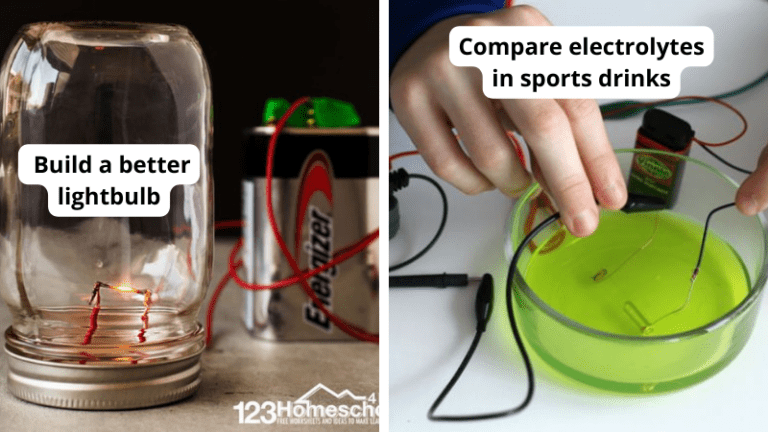Whether you’re prepping for a middle school science fair or looking for ways to make classroom lessons more exciting, hands-on activities are the answer. This huge list of seventh grade science ideas covers biology, chemistry, physics, and more. Take a look and get inspired!
(Just a heads up, WeAreTeachers may collect a share of sales from the links on this page. We only recommend items our team loves!)
1. Drive a balloon-powered car
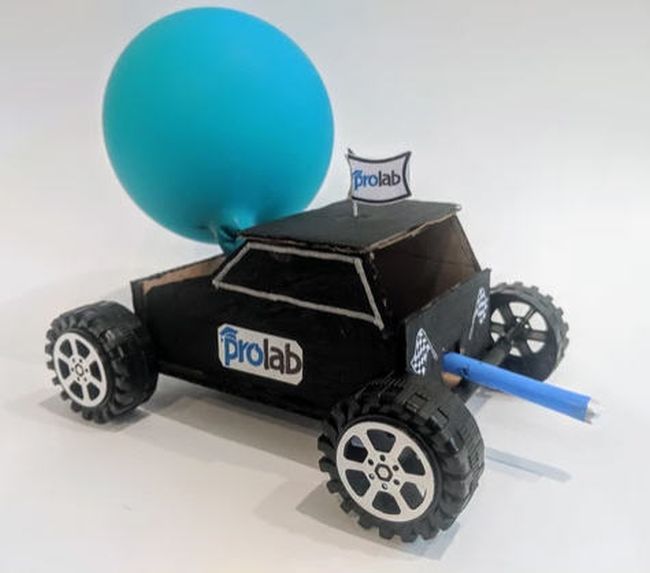
Engineer a balloon-powered car using basic materials from around the house (even the wheels are bottle caps!). Experiment to see how far or fast you can make the car go.
Learn more: Prolab
2. Construct a DIY Grow Box

When you build your own grow box, there are lots of seventh grade science fair projects you can do with it. The only special supply you need is a plug-in light socket.
Learn more: Uplifting Mayhem/Grow Box
3. Sort jelly beans to learn genetics

If you’re learning about how genetic traits are passed along from parent to child, try this jelly-bean demo. When you’re finished, you can enjoy a sweet treat!
Learn more: The Owl Teacher
4. Make a tea bag float on air

This easy experiment is a cool way to show kids how heat affects air molecules, making hot air rise. They’ll need some supervision with the fire, so try this out on the playground for extra safety.
Learn more: Coffee Cups and Crayons
5. Crush a can using air pressure
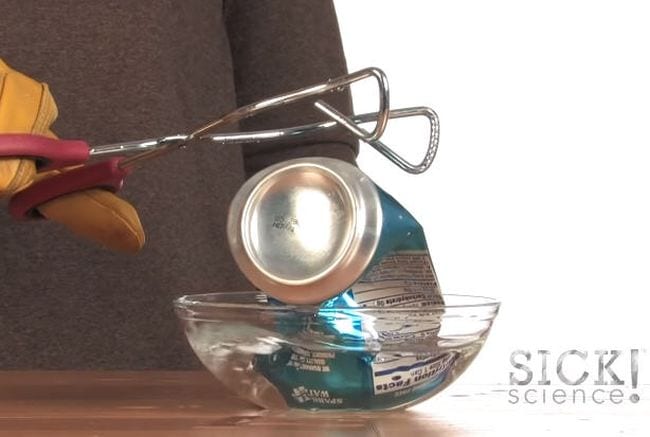
Sure, it’s easy to crush a soda can with your bare hands, but what if you could do it without touching it at all? That’s the power of air pressure!
Learn more: Steve Spangler Science/Can Crusher
6. Construct a geodesic dome
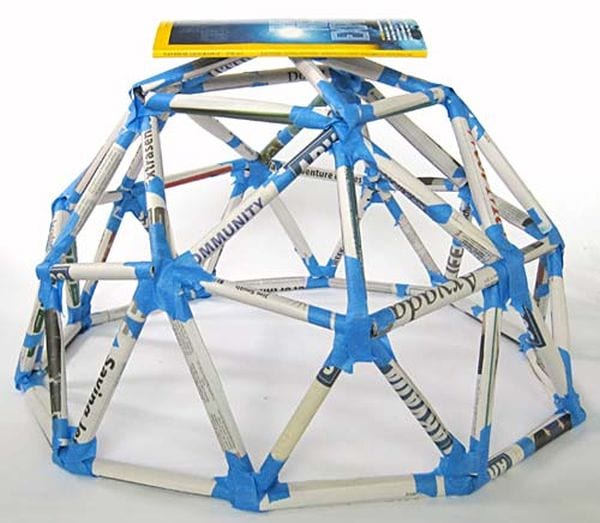
Budding engineers will love designing, building, and testing the strength of the fascinating geodesic dome. This experiment requires nothing more than newspaper and masking tape!
Learn more: Science Buddies/Newspaper Dome
7. Design a solar oven

Students experiment with the best way to build a solar oven, exploring thermal energy, reflection, convection, and other physics concepts. They can serve up their experiment results along with their final reports!
Learn more: Children’s Science Center
8. Spherify your favorite beverage

Spherification is a hot trend in top restaurants, but seventh grade science students can easily replicate it at home with a spherification kit. This is a cool chemistry experiment and tasty too!
Learn more: Science Buddies/Spherification
9. Design a helping hand

This is a great individual or group seventh grade science project, as it encourages students to use and hone their design and engineering skills to make a working model of a hand.
Learn more: Science Buddies/Robotic Hand
10. Learn how salt affects density
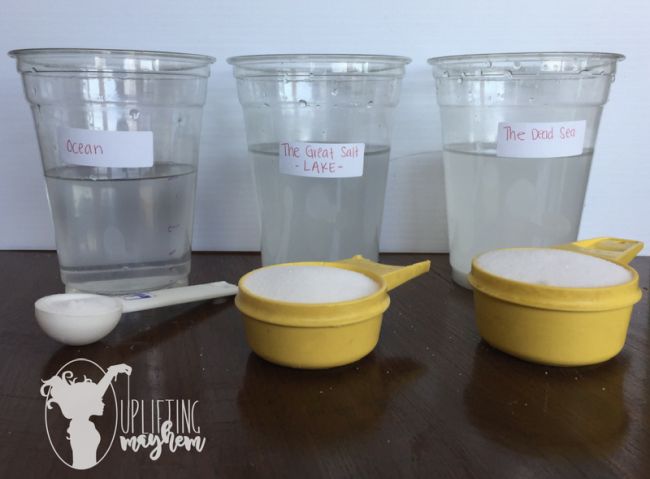
Explore the salinity of various bodies of water, then re-create their waters to see if you can make an egg float or sink. Experiment with other objects too.
Learn more: Uplifting Mayhem/Salt Water Density
11. Watch the greenhouse effect in action

Climate change can be a contentious topic, so start by teaching kids about the greenhouse effect, which is easy to see and understand. Then, urge them to explore data collected by other scientists so they can learn to make informed decisions about topics like global warming.
Learn more: Teaching Science With Lynda
12. Marvel at a density rainbow
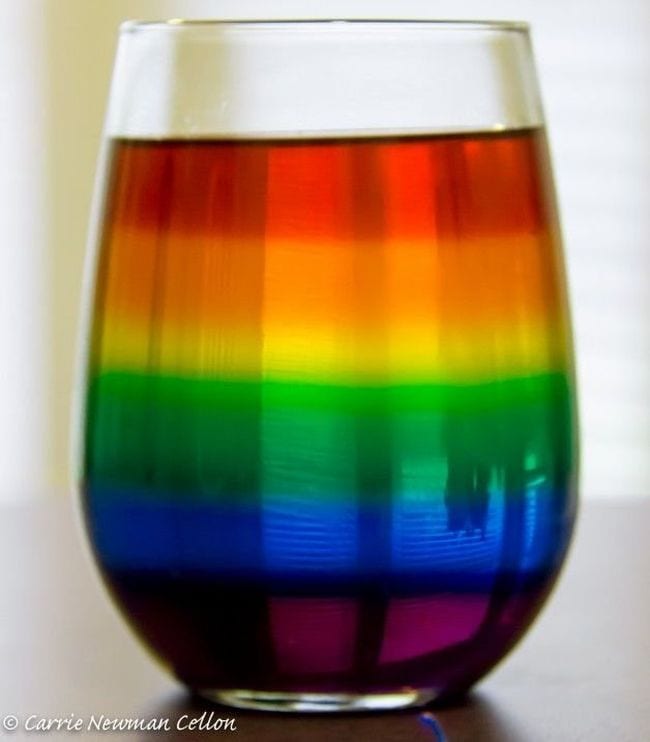
We learn early on that oil floats on water, but where do other liquids fit in? Students find out when they conduct this colorful density experiment that has them layer different substances, making a rainbow.
Learn more: ThoughtCo/Density Rainbow
13. Discover computer coding with LEGO bricks
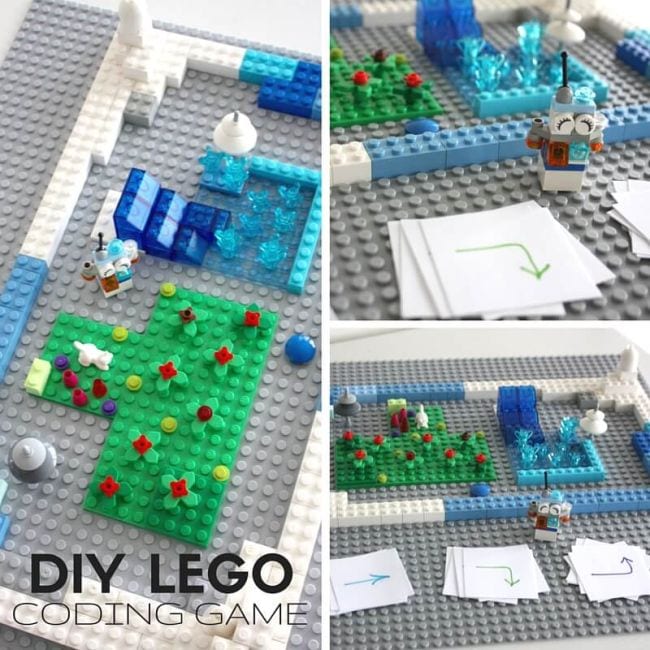
Chances are good at least some of the kids in your class will go on to work with computer code someday. Introduce the concept now with LEGO bricks.
Learn more: Little Bins for Little Hands
14. Burn calories to explore stored energy

Ever wonder how scientists determine how many calories are in your food? Try this experiment to find out!
Learn more: Science Buddies/Calories Experiment
15. Test PH using cabbage

Teach kids about acids and bases without needing PH test strips. Simply boil some red cabbage and have students use the resulting water to test various substances—acids turn red, and bases turn green. Find a terrific kid-friendly test tube set here.
Learn more: Education Possible
16. Purify water with charcoal

Plenty of homes use water filtration systems these days, but how do they really work? This chemistry experiment explores how charcoal filters impurities from drinking water.
Learn more: The Homeschool Scientist
17. Ride the wave (machine)

Learning about wave action? Build this surprisingly easy wave machine for hands-on exploration.
Learn more: Engaging Science Labs
18. Mummify a hot dog

Are your students fascinated by ancient Egypt? Then we’ve got the perfect seventh grade science project for your class! No need for canopic jars; just grab some baking soda and get started.
Learn more: Science Buddies/Mummified Hot Dog
19. Construct a water clock

You’ll blow your seventh grade science students’ minds when you tell them they’re going to build a clock using engineering that’s been around for thousands of years. The supplies are simple, but the results are pretty neat!
Learn more: STEAM Powered Family
20. Design your own slime

Chances are good your students already love making and playing with slime. Turn the fun into an experiment by changing the ingredients to create slime with a variety of properties, from magnetic to glow-in-the-dark!
Learn more: Science Buddies/Slime Varieties
21. Explore how sugary drinks affect teeth
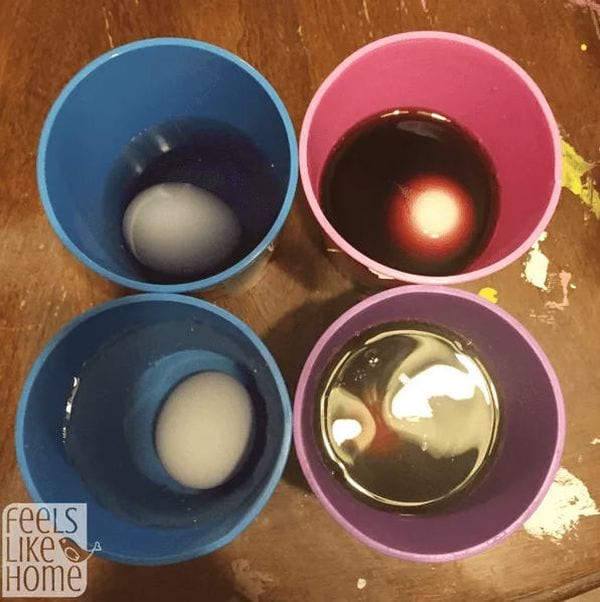
The calcium content of eggshells makes them a great stand-in for teeth. In this experiment, students use eggs to determine how soda and juice stain the teeth and wear down the enamel. (Bonus: Have students try different toothpaste and toothbrush combinations to see how effective they are.)
Learn more: Feels Like Home
22. Extract DNA from an onion
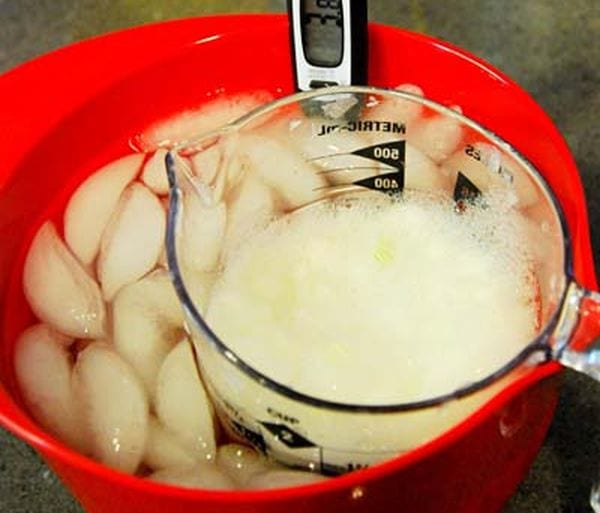
This experiment takes a bit of time and requires a few special supplies, but kids will truly feel like scientists when they extract onion DNA via a test tube. Most of what you need you can find at home, and you can get 95% ethanol at Amazon.
Learn more: Science Buddies/Onion DNA
23. Put together a DIY barometer
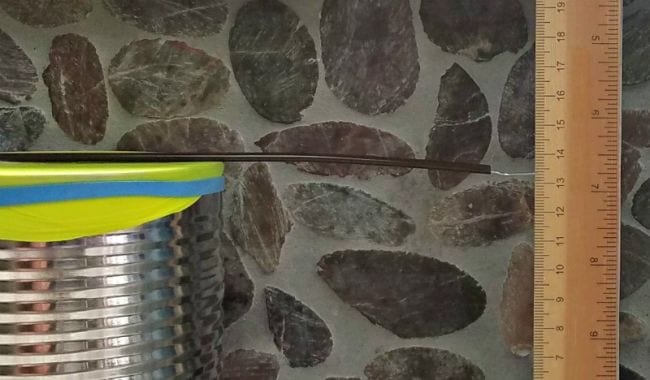
This simple but effective DIY science project teaches kids about air pressure and meteorology. They’ll have fun tracking and predicting the weather with their very own barometer.
Learn more: Edventures With Kids
24. Stretch your mind with a flexibility experiment
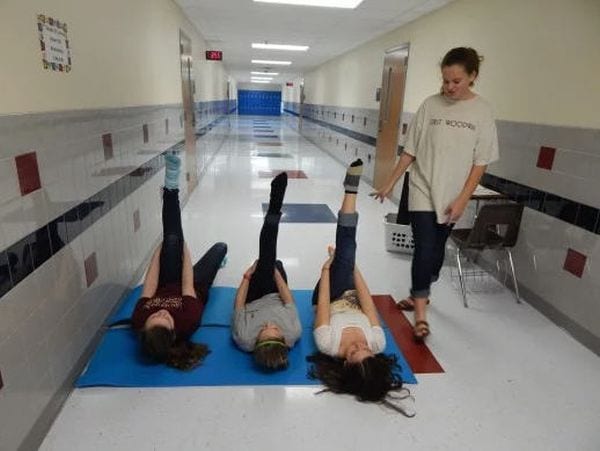
Find out how important stretching really is by comparing the flexibility of willing test subjects before and after stretch exercises. This is a great experiment for fitness fans.
Learn more: We Have Kids
25. Copper-plate some coins
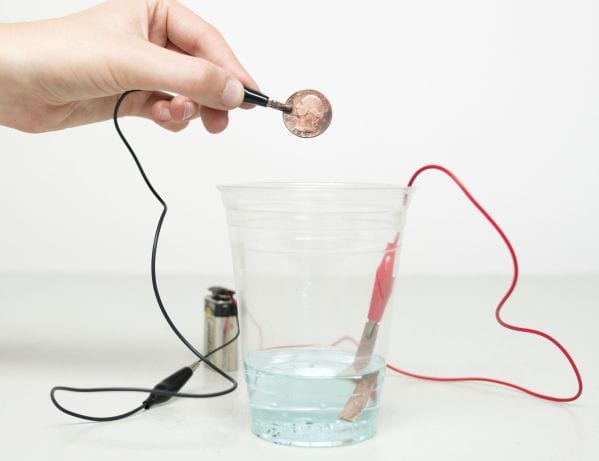
Students need just a few simple supplies to perform this classic seventh grade science project involving electrolysis and electroplating, but the results are always impressive. Get copper strips and 9V battery snap connectors with alligator clips on Amazon.
Learn more: KiwiCo
26. Swab and test for germs

There’s never been a better time to learn about germs and bacteria. This is the kind of experiment that will make your seventh grade science students feel like real scientists!
Learn more: Angelicscalliwags
27. Tinker around with hydraulic power

Give kids a thorough understanding of hydraulics with this ready-to-use unit, which culminates in designing your own hydraulic invention!
Learn more: Teacher Geek
28. Collect and control biofilm
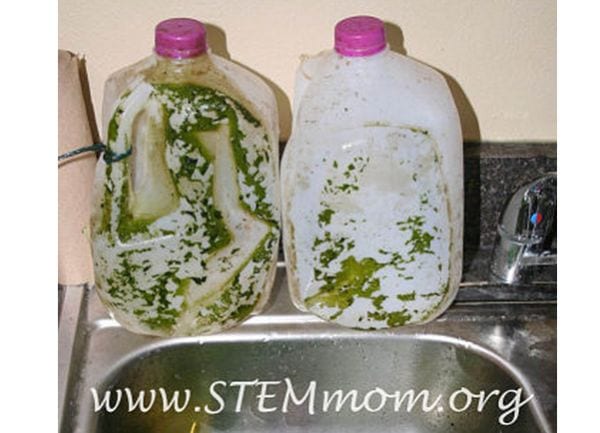
Bacteria that accumulate on objects in the water form a substance called biofilm. In this ecology project, students build an apparatus to collect biofilm and then experiment with ways to reduce the amount of biofilm that accumulates over time.
Learn more: The Homeschool Scientist/Biofilm
29. Learn whether color affects memory

Can certain colors improve your memory? This experiment explores that idea using only colored and black markers and a set of willing participants.
Learn more: Education.com/Colors and Memory
30. Grow and experiment with crystals
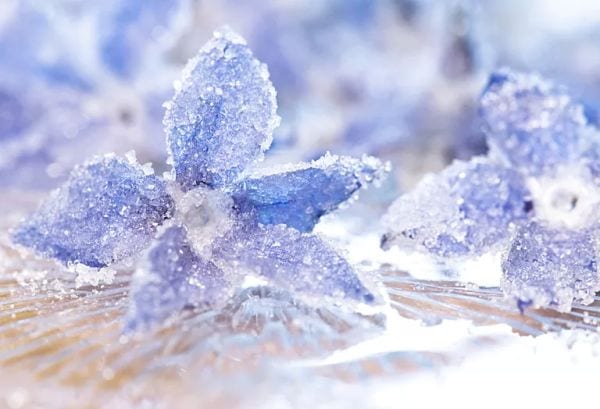
There are so many ways to experiment with crystals, teaching kids about supersaturated solutions. Check out the link below for great ideas, like making an edible crystal flower.
Learn more: ThoughtCo/Crystals
31. Use a fidget spinner to explore the laws of motion

Fidget spinners are a great way to keep some kids focused, but did you ever consider using them for a science experiment? This one explores Newton’s first law of motion, aka the law of inertia. Fun and educational!
Learn more: From Engineer to Stay at Home Mom/Fidget Spinners
32. See if caffeine helps you type faster

People seek out a jolt of caffeine when they’re feeling sluggish, but does it really help them perform better? This science experiment tasks students with answering that question using the scientific method.
Learn more: ThoughtCo/Caffeine Energy
33. Design a pinball machine
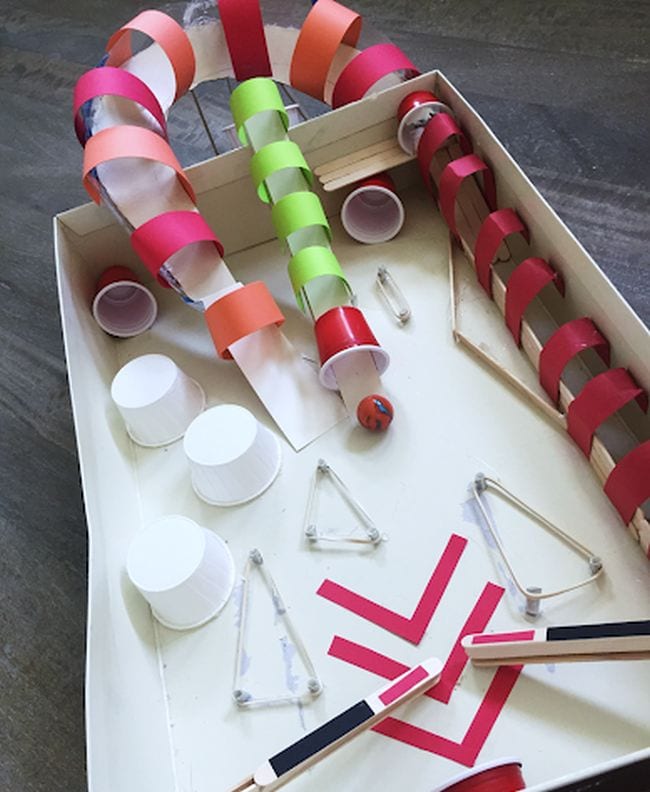
Give your class basic supplies like rubber bands, plastic cups, and cardboard boxes. Then challenge them to create their very own pinball machines!
Learn more: Student Savvy
34. Build a Da Vinci bridge

There are plenty of bridge-building experiments out there, but this one is unique. It’s inspired by Leonardo da Vinci’s 500-year-old self-supporting wooden bridge. All you need are unsharpened pencils and loom bands.
Learn more: iGame Mom
35. Create a taxonomy system
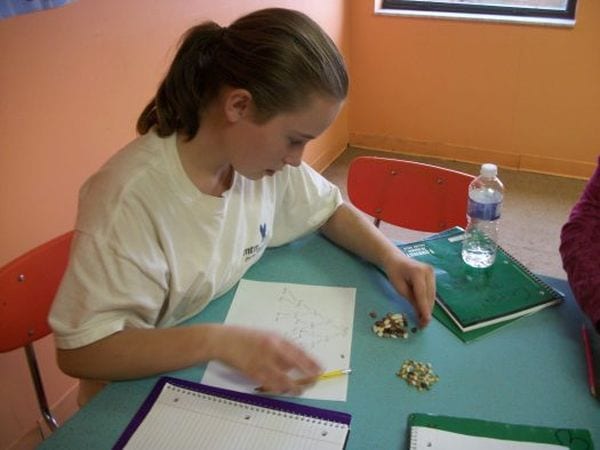
Students can step into Linnaeus’ shoes by creating their own system of taxonomy using a handful of different dried beans. This is a fun seventh grade science project to do in groups, so students can see the differences between each group’s system.
Learn more: Our Journey Westward
36. Generate electricity
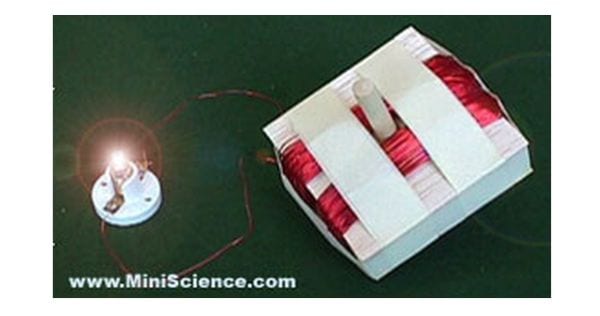
In this science fair project, kids build a generator from scratch. The supplies are readily available online, and there are plenty of experiments students can perform once it’s built.
Learn more: Sciencing.com
37. Play around with oxidation
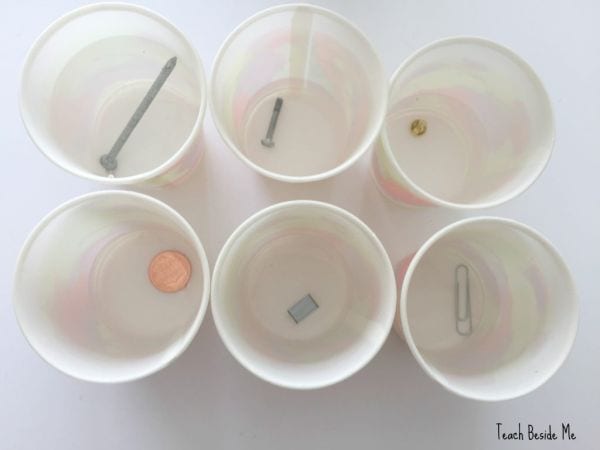
Oxidation experiments can be as simple as dropping objects into water to see if they rust or made more complex by altering the conditions to see if rusting can be delayed or prevented.
Learn more: Teach Beside Me
38. Spin Beyblades to explore angular momentum
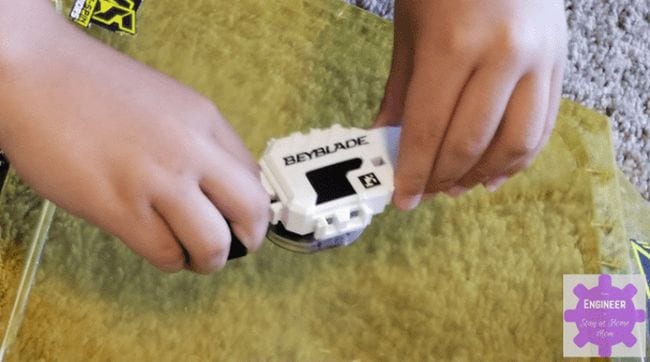
There’s nothing kids love more than getting to play with their toys during school hours. Use their favorite battling tops to explore the relationship of weight to angular momentum.
Learn more: From Engineer to Stay at Home Mom/Beyblades
39. Blow hot or cold bubbles

Blowing bubbles may sound like too much fun for a science project, but when conditions like temperature are altered, the experimental part kicks in. If it’s cold enough, students can even blow frozen bubbles!
Learn more: ThoughtCo/Frozen Bubbles
40. Test out DIY lip balm recipes

Try this experiment for the seventh grade science fair: Cook up batches of lip balms using different recipes and then test them to see which is the most effective.
Learn more: Science Buddies/Lip Balm DIY
41. Whip up some eggshell chalk

Use the calcium in eggshells to make your own sidewalk chalk. Kids will love grinding the eggshells into powder and then decorating the sidewalk with their results!
Learn more: Kidspot
42. Dive into an exploration of swim bladders
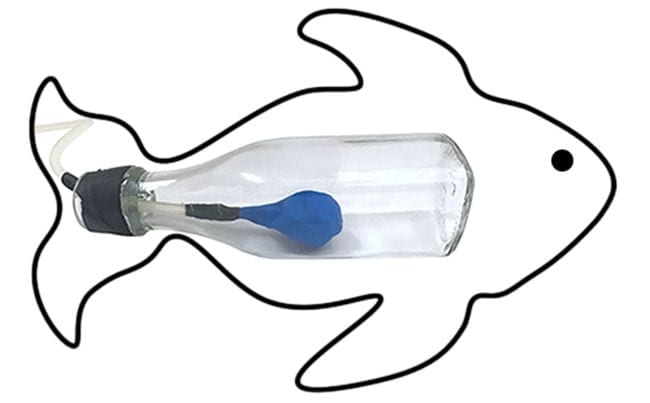
If you’re learning about fish anatomy, or just exploring buoyancy, this simple experiment is a fun way to dive into the concepts. (Find more balloon science here.)
Learn more: Science Buddies/Swim Bladders
43. Bake an edible cell model

Sure, students could build a cell model out of clay, but cake and candy are so much more delicious! Check out the link below to see how one teacher does it.
Learn more: Weird Unsocialized Homeschoolers
44. Determine whether texting is a new language
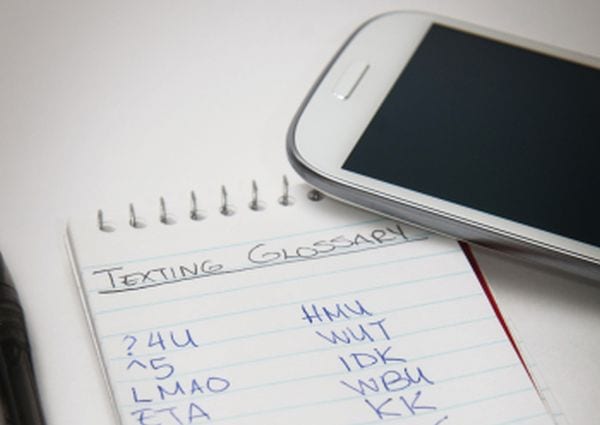
Kids are fluent in text-speak, but does it really count as a whole new language? In this project, students research language and the history of texting and then compile a texting glossary and consider texting’s practical applications.
Learn more: Education.com/Text Language
45. Swing a glass of water
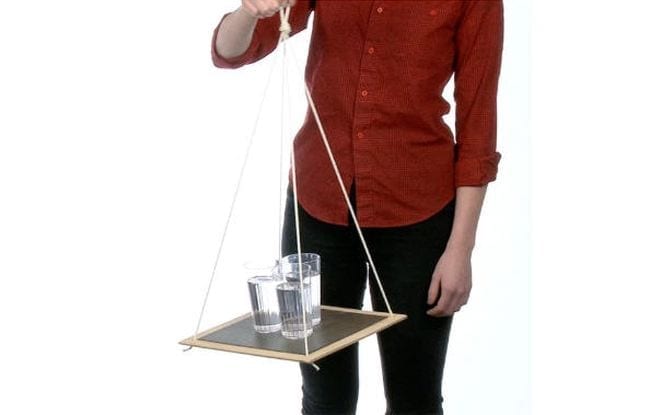
This classic science experiment teaches kids about centripetal force. Be forewarned: This could potentially make a bit of a mess, so consider taking this one outside.
Learn more: Steve Spangler Science/Centripetal Force Board
46. Acidic rain and plants

This experiment tests whether acid rain has any effect on plant life, using vinegar in place of any fossil fuels. A great extension of this experiment would be to do a research project on the effects of pollution and what can be done to decrease these effects.
Learn more: STEAM Powered Family
47. Serenade your plants

Your students will have a blast with this tried-and-true experiment. Have some fun experimenting with different music genres (R&B, country, etc.) to see what effect different music has on the growth of plants.
Learn more: Science Project Ideas and Dengarden
48. Heat (or cool) balloons

This demonstration of the elasticity of balloons when exposed to varying hot and cold temperatures will introduce your students to the concepts of the volume of gas and density. (Find more balloon science here.)
Learn more: Education.com
49. Detect the effect of detergent on surface tension

The surface tension of water can be tested using different powders, such as talcum powder, and dish soap. Extend this experiment using hard water or other types of detergent.
Learn more: Royal Society of Chemistry and Sciencing
50. Cook up instant ice

Your students can explore the concept of nucleation (the process of chain reactions) when they make their very own instant ice.
Learn more: STEAMsational
51. Simulate plate tectonics

Who knew graham crackers could so easily show your students what different plate boundaries look like? After simulating Convergent, Divergent, and Transform fault boundaries, your students can even have a tasty snack (not the graham crackers they put in water though, because … gross).
Learn more: Playdough to Plato
52. Evaporate water with food coloring

The water cycle has a lot of parts and a ton of vocabulary. This quick and easy demonstration will show evaporation in action using food coloring. (You can use a hot plate in place of a stove).
Learn more: Capri + 3
53. Determine resonant frequency

We’ve all seen this “trick” in movies, where someone “plays” the wineglasses and creates notes that come together in a recognizable song. It’s not actually a “trick”… it’s science! Your middle schoolers will enjoy exploring resonant frequency with different amounts of liquids.
Learn more: Science Buddies
54. Yo-yo to show friction

Teachers, we recommend saving this one for when you have the physical space and the mental energy to deal with middle schoolers experimenting with yo-yos. … With a good amount of scaffolding and solid safety procedures, this hands-on demo will show your students how friction and angular momentum work.
Learn more: Science Buddies
55. Construct casein plastic
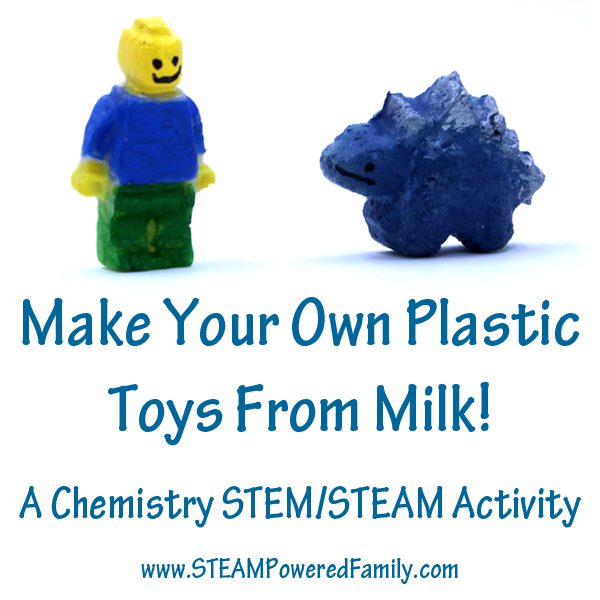
Shock your students by building the background knowledge that prior to the 20th century, all plastic items were made from milk! You don’t need a ton of materials for this project, and we definitely encourage having some fun with different types of molds.
Learn more: STEAM Powered Family
Keep the STEM learning going with these 15 Items All Middle School Math Classrooms Need.
Plus, sign up for our newsletters and get all the latest teacher tips and ideas, straight to your inbox!


